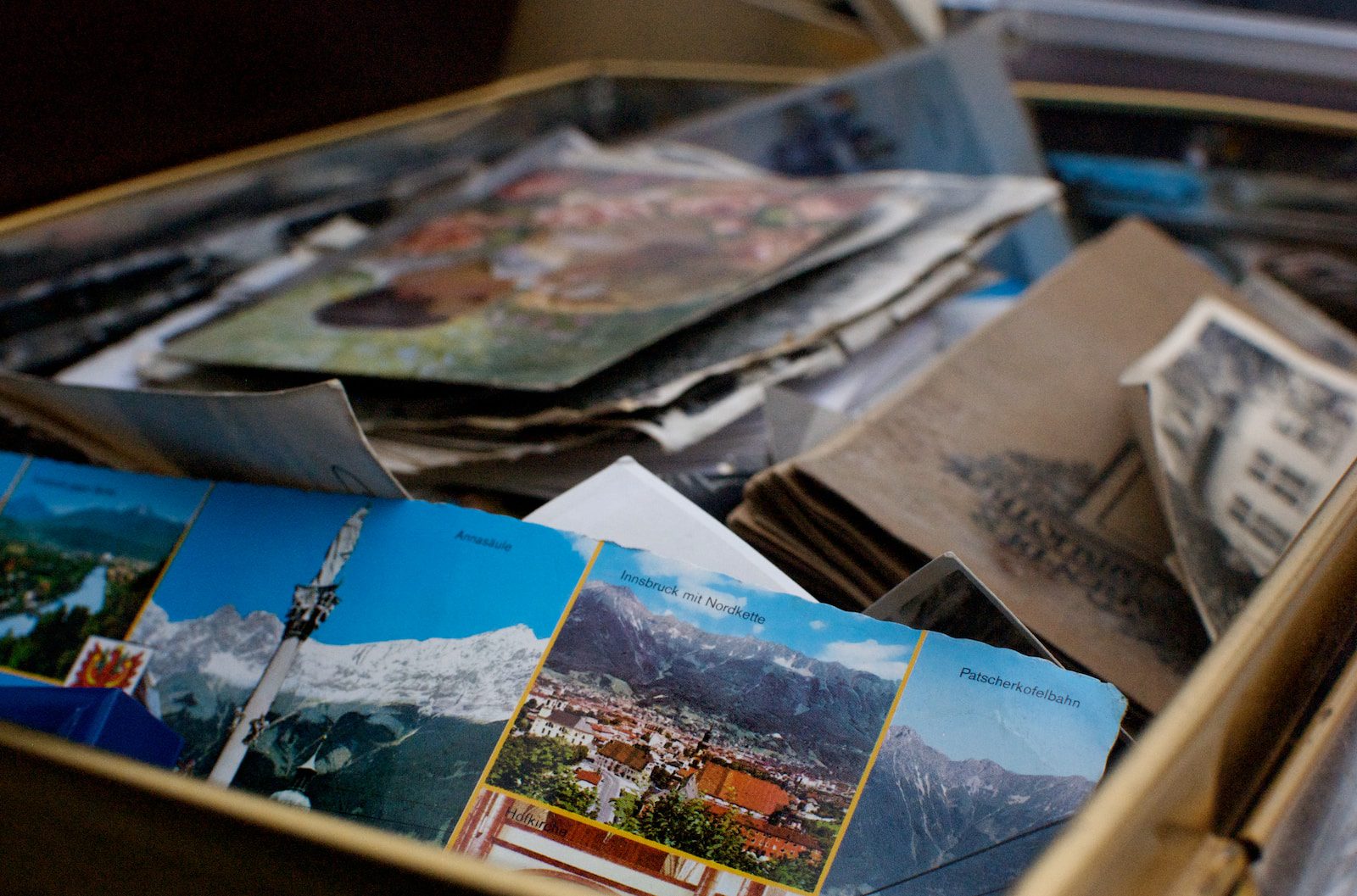One of the best ways to recall happy times is to view and hold mementos and keepsakes. We use physical items to remind us of the people, places, and activities we love.
Whether these objects take the form of souvenirs, photos, children’s art, or well-loved clothing, they connect us to important memories.
However, because mementos hold special meaning, it’s easy to accumulate too many. It’s one thing to recycle junk mail; it’s another to toss your child’s kindergarten artwork.
The key to clearing sentimental clutter? Focus on curating your keepsakes, so that you keep only the most meaningful and evocative items. (And, when possible, smaller items.)
Research shows that recalling happy memories increases positive emotions and decreases negative emotions such as stress and loneliness. Mementos are a powerful way to keep those happy memories vivid.
Perhaps paradoxically, having fewer mementos allows us to evoke more memories, because each item has been carefully chosen. When we’re less overwhelmed by the sheer volume of items, and we keep only the ones with deep meaning, we’re better able to appreciate each one.
This spring, clear sentimental clutter using the following tips.
Nine Tips for Curating Your Keepsakes:
- Make a plan. Set aside dedicated time to edit your mementos and make the activity itself meaningful. Consider asking a friend or family member to join you—it often helps to have someone listen to the memories evoked by an item. After revisiting your associations behind certain possessions, it can become easier to choose which ones to keep.
- Give to a good home. It’s much easier to let go of items when we can envision others getting good use from them, so identify people and organizations who will appreciate your contributions.
- Get creative with photo displays. To get more memories from photos, create a rotating gallery of seasonal photos. You might curate a holiday gallery, a vacation gallery, or a back-to-school gallery. Every year, I put out a Valentine’s Day gallery and a Halloween gallery. Because these photos appear only for a short time, we notice them more—and then we make room for other photos, with different memories attached.
- Take a photo of an object, then get rid of the object. Sometimes, all we want is a memory prompt, and a photo can do that just as well as an actual item. And it takes up much less room! Speaking of which…
- Think small. I asked myself, “Do I need to keep this enormous desk to remind me of my grandfather, or can I keep his pocket watch?” I chose the pocket watch. It serves just as well as a reminder, but fits on a shelf instead of taking up half a room.
- Choose one representative item (or a few). If you have several objects that are important for the same emotional reason—such as old college t-shirts—identify your favorite and get rid of the others. You don’t need multiple mementos, just one iconic thing. Of my big collection of childhood dolls and stuffed animals, I keep three. I display them on a shelf, so I see them all the time; if I kept two big boxes of my old toys, they’d be stuck in storage where I’d never look at them.
- Frame or display paper mementos. Playbills, postcards, handwritten letters, children’s artwork, or holiday cards—select the most visually pleasing or meaningful, and frame them as art. Highlighting your favorites makes it easier to recycle the rest. Alternatively, you might select several paper keepsakes per year and file them by date.
- Do a digital edit. Thanks to the ease of taking photos with our smartphones, we store far more visual memories than we need. Set aside a regular time to edit your phone’s photos. Delete duplicates, screenshots, closed eyes, and anything that you don’t need to revisit.
- Create a collection. Arrange items on a tray, shelf, or in a basket. These keepsakes should be carefully curated—a dozen seashells, not one hundred—and ideally small in size. By creating a visually-pleasing display, you’ll appreciate these reminders more.
As you clear out sentimental clutter, watch out for items that feel meaningful but don’t actually hold significance for you. Two chief culprits? Inherited items and gifts.
Inherited items: Maybe you inherited a big box of family photographs but you don’t recognize anyone in the pictures.Or your mother gave you her old set of holiday china, which she loved but that you don’t really care for.
Gifts: Maybe you’re keeping a gift you don’t need, use, or love out of respect for the giver. Be honest about what items hold value and which items are merely taking up space.
Don’t save mementos that hold no memories for you.
If you’ve curated your collection of keepsakes but are struggling with how to organize them, consider using the Memento Keepsake Journal.
This journal is made for those who want to collect tangible representations of their memories, but are overwhelmed by the prospect of organizing or scrapbooking. The Memento Keepsake Journal provides safekeeping pockets to help you curate the most meaningful mementos, with space on every page to add notes, photos, and stickers to take the guesswork out of your personal storytelling. Use this journal to save family memories, records from school, travel souvenirs, artifacts from your year, or any other keepsake you’d like to save.
What strategies do you use to clear nostalgic or sentimental clutter? Do you find that saving fewer mementos enhances your appreciation of them?




